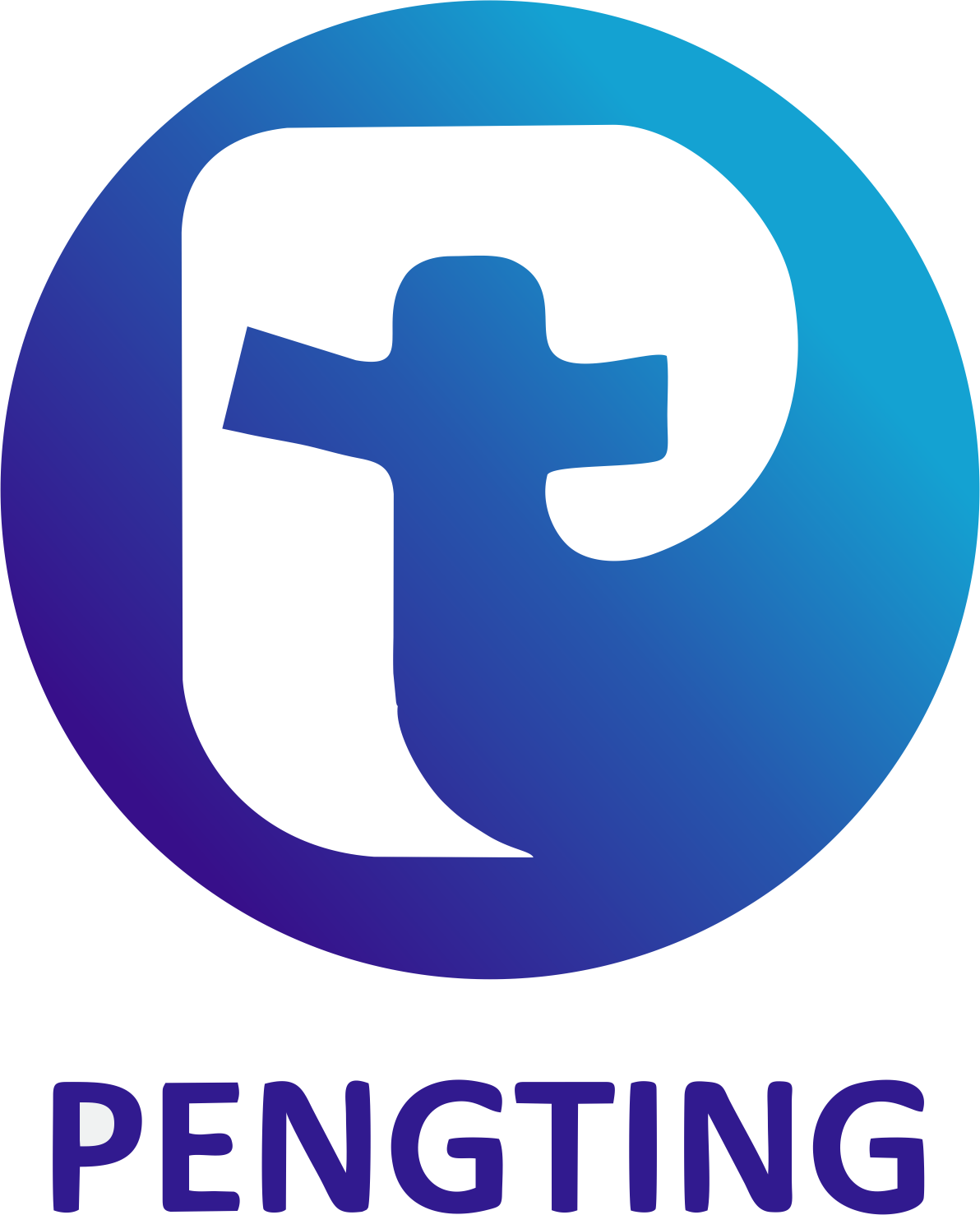
The global pharmaceutical landscape is poised for a seismic shift as key patents protecting semaglutide—the blockbuster GLP-1 receptor agonist fueling Novo Nordisk’s $30 billion franchise—begin expiring across multiple markets starting in 2026. With patent protections already lapsed in Canada due to non-payment of maintenance fees and set to expire in over 100 countries including India, Brazil, and China by March 2026, API buyers and formulary strategists face both unprecedented opportunity and complex challenges. This comprehensive guide examines the strategic sourcing approaches, supplier landscape, and risk mitigation frameworks essential for capitalizing on the generic semaglutide revolution while navigating quality considerations and regulatory complexities.
The Global Patent Expiry Landscape: Regional Timelines and Implications
The semaglutide patent landscape reveals significant regional variations that will dictate market entry strategies and sourcing opportunities throughout 2025-2026. Understanding these jurisdictional differences is critical for developing effective procurement timelines.
Immediate Access Markets (2025-2026)
Several key markets present near-term opportunities for generic semaglutide sourcing:
- Canada: Patent CA 2601784 lapsed prematurely due to non-payment of maintenance fees, creating an unexpected market opening. Generic manufacturers including Sandoz and Apotex have already submitted applications positioning for Q1 2026 market entry.
- India: The primary formulation patent (IN262697) expires in March 2026, though basic composition protection already ended in September 2024. Indian companies are actively preparing despite ongoing patent litigation between Novo Nordisk and Dr. Reddy’s.
- Brazil, China, and Emerging Markets: Patents expire throughout 2026 across more than 100 countries, representing the first wave of generic opportunities. These markets collectively contain approximately 33% of the global population classified as obese.
Protected Markets (2031+)
Major markets will maintain exclusivity for several more years:
- United States: Patent protection extends until at least 2031-2032, preserving exclusivity in the world’s most lucrative market.
- European Union: Supplementary Protection Certificates (SPCs) likely maintain protection until at least 2031.
- Japan: Patent protection remains until approximately 2029, with additional regulatory requirements for generics.
“The Canadian patent lapse wasn’t an oversight—it was a calculated exit from a market where CSP protection was untenable. Generic buyers must replicate this strategic calculus when prioritizing sourcing corridors.” — Steven Shape, Intellectual Property Chair, Omnus Law.
Leading Generic API Suppliers: Capabilities and Market Positioning
First-mover API manufacturers are deploying distinct commercialization strategies to capture market share in the emerging generic semaglutide space. Understanding their capabilities and approaches is essential for effective supplier selection.
| Manufacturer | Production Capacity | Target Markets | Competitive Advantage |
|---|---|---|---|
| Dr. Reddy’s Laboratories | High-volume API + injectables (87 countries) | India, Canada, Brazil | End-to-end capabilities; decade of development experience |
| Biocon | Dedicated peptide synthesis lines | Canada, EU (post-2031) | Unique GLP-1 and insulin portfolio |
| Zydus Lifesciences | ₹100 crore proprietary facility | India, MENA regions | Cost-effective SPPS technology |
| Sandoz Group | Pre-qualified WHO facilities | Canada (Jan 2026 launch) | First-to-market positioning |
| Huadong Medicine (China) | Biosimilar API + finished doses | China, Southeast Asia | Domestic market access + state subsidies |
API Quality Benchmarking Criteria
When evaluating generic semaglutide API suppliers, several critical quality parameters must be considered:
- Purity Thresholds: ≥99.5% by HPLC with validated Trp19 oxidation controls.
- Supply Chain Compliance: Real-time temperature monitoring (-20°C±2°C) with blockchain audit trails.
- Regulatory Footprint: Active DMFs in stringent regulatory markets even for emerging-market suppliers.
- Stability Data: 24-month accelerated stability data with validated HPLC methods.
- GMP Certification: Compliance with current Good Manufacturing Practices.
Strategic Sourcing Framework: Mitigating Four Critical Risks
Proactive API buyers are implementing comprehensive risk-mitigation protocols to ensure supply security and regulatory compliance in the volatile post-patent environment.
1. Legal Vulnerability Management
Patent complexities require sophisticated legal strategies:
- Export-Only Contracts: Binding agreements prohibiting sales in Novo-patented territories (US/EU) until 2031.
- Bolar Exemption Leverage: Source from India-based suppliers manufacturing under Section 107A(b) exemptions for regulatory development.
- Patent Landscape Monitoring: Real-time tracking of patent challenges, expirations, and litigation outcomes across jurisdictions.
2. Supply Chain Diversification
Supply resilience requires multi-source approaches:
- Dual-Source Mandate: Allocate 60% to primary supplier (e.g., Dr. Reddy’s), 40% to secondary (e.g., Zydus).
- Geographic Splitting: Separate API sourcing and fill-finish between India (low cost) and EU (regulatory alignment).
- Buffer Stock Requirements: Maintain 8-12 week safety stock to mitigate supply disruptions.
3. Stability & Storage Optimization
Peptide integrity demands specialized handling:
- Cold Chain Validation: Require IoT-enabled shippers with ±0.3°C accuracy and 72-hour backup power.
- Lyophilized Formulations: Prioritize suppliers offering freeze-dried APIs reducing cold chain costs by 40%.
- Alternative Delivery Systems: Evaluate emerging stable liquid formulations that eliminate refrigeration needs.
4. Regulatory Pathway Alignment
Market access requires strategic regulatory planning:
- Hybrid Submissions: File in Canada first (8-month approval), then leverage joint reviews with ASEAN nations.
- Preemptive Testing: Conduct forced degradation studies matching ICH Q1A(R2) before supplier selection.
- Bioequivalence Planning: Secure comparator product supplies for bioequivalence studies 18 months pre-expiry.
Cost Structure Analysis: Projected Savings and Economic Impact
Generic semaglutide transforms procurement economics, with savings emerging across multiple cost components:
| Cost Component | Branded (Novo Nordisk) | Generic (2026 Projected) | Reduction |
|---|---|---|---|
| API per gram | $1,150 | $280 | 76% |
| Cold Chain Logistics | $18/kg | $7/kg | 61% |
| Regulatory Compliance | $380K/batch | $120K/batch | 68% |
| Finished Dose (4mg) | $320 | $85 | 73% |
Total system savings: Approximately $412K/month per 10,000-patient cohort based on current utilization patterns. These reductions could increase adoption of anti-obesity medications, transforming them from expensive specialized treatments to accessible first-line interventions.
Procurement Action Plan: 2025 Timeline
Strategic buyers should execute these critical milestones in preparation for 2026 market entries:
Q4 2025: Supplier Qualification
- Audit API facilities for ICH Q7 compliance and oxidation control capabilities.
- Reserve capacity via take-or-pay contracts with 30% advance payment.
- Conduct third-party testing of API samples for identity, purity, and related substances.
Q1 2026: Regulatory Bridge Building
- File ANDA/ANDS in Canada using supplier’s DMF.
- Validate bioequivalence protocols for target markets.
- Establish import licensing and customs clearance procedures.
Q2 2026: Commercial Launch Preparation
- Secure finished product manufacturing capacity.
- Establish distribution partnerships in target markets.
- Implement anti-counterfeiting technologies (GS1 barcodes, tamper-evident packaging).
Frequently Asked Questions
When will generic semaglutide be available in the United States?
Based on current patent protections, generic semaglutide is not expected to enter the US market until at least 2031-2032. However, authorized generics or limited competition scenarios could emerge slightly earlier.
What are the biggest risks when sourcing generic semaglutide API?
The primary risks include patent infringement claims (particularly for suppliers operating in grey areas), supply chain interruptions due to manufacturing complexity, quality variability between API sources, and regulatory rejection due to inadequate stability data.
How can I verify the quality of generic semaglutide API before large-scale purchase?
Require full USP/EP monograph testing, including chiral purity, peptide mapping, and mass spectrometry confirmation. Conduct site audits focusing on aseptic processing capabilities and raw material controls. Request references from other regulated market customers.
Are there opportunities to source semaglutide API during ongoing patent protection?
Yes, through Bolar exemption provisions that allow manufacturing for regulatory development purposes. However, commercial sale remains prohibited until patent expiry in each jurisdiction.
Core Takeaways for Strategic Sourcing Success
- First-to-Market Advantage Matters: The first generic entrants typically capture 60-80% of initial market share, making timing critical.
- Geographic Diversification Reduces Risk: Develop supplier relationships across multiple regions (India, China, EU) to mitigate geopolitical and supply chain disruptions.
- Quality Investment Pays Dividends: Prioritize suppliers with ≥99% purity, GMP certification, and comprehensive analytical documentation.
- Legal Vigilance is Non-Negotiable: Implement real-time patent monitoring systems to identify lapses, invalidations, and regulatory exemptions.
- Strategic Partnerships Create Advantage: Establish long-term relationships with API manufacturers to secure preferential pricing and supply priority.
Conclusion: Navigating the Patent Cliff Opportunity
The semaglutide patent cliff represents one of the most significant pharmaceutical market events of the decade, offering the potential to dramatically reduce costs and expand access to effective obesity and diabetes treatments globally. As patents expire in Canada, India, Brazil, and over 100 other countries throughout 2026, strategic buyers who implement robust sourcing frameworks—prioritizing quality verification, legal compliance, and supply chain resilience—will be positioned to capture substantial value.
The experiences of first movers like Sandoz in Canada and Dr. Reddy’s in India demonstrate that success requires more than just technical capability; it demands sophisticated patent intelligence, strategic supplier partnerships, and meticulous regulatory planning. By adopting the strategies outlined here—from dual-source procurement and stability-focused quality controls to geographic diversification and legal risk mitigation—API buyers can transform the patent cliff from a disruptive threat into a substantial competitive advantage.
As the global GLP-1 market projects to exceed $100 billion by 2030, those who master the complexities of generic semaglutide sourcing today will dominate the therapeutic landscape of tomorrow.
Disclaimer:
This article contains information, data, and references that have been sourced from various publicly available resources on the internet. The purpose of this article is to provide educational and informational content. All trademarks, registered trademarks, product names, company names, or logos mentioned within this article are the property of their respective owners. The use of these names and logos is for identification purposes only and does not imply any endorsement or affiliation with the original holders of such marks. The author and publisher have made every effort to ensure the accuracy and reliability of the information provided. However, no warranty or guarantee is given that the information is correct, complete, or up-to-date. The views expressed in this article are those of the author and do not necessarily reflect the views of any third-party sources cited.





